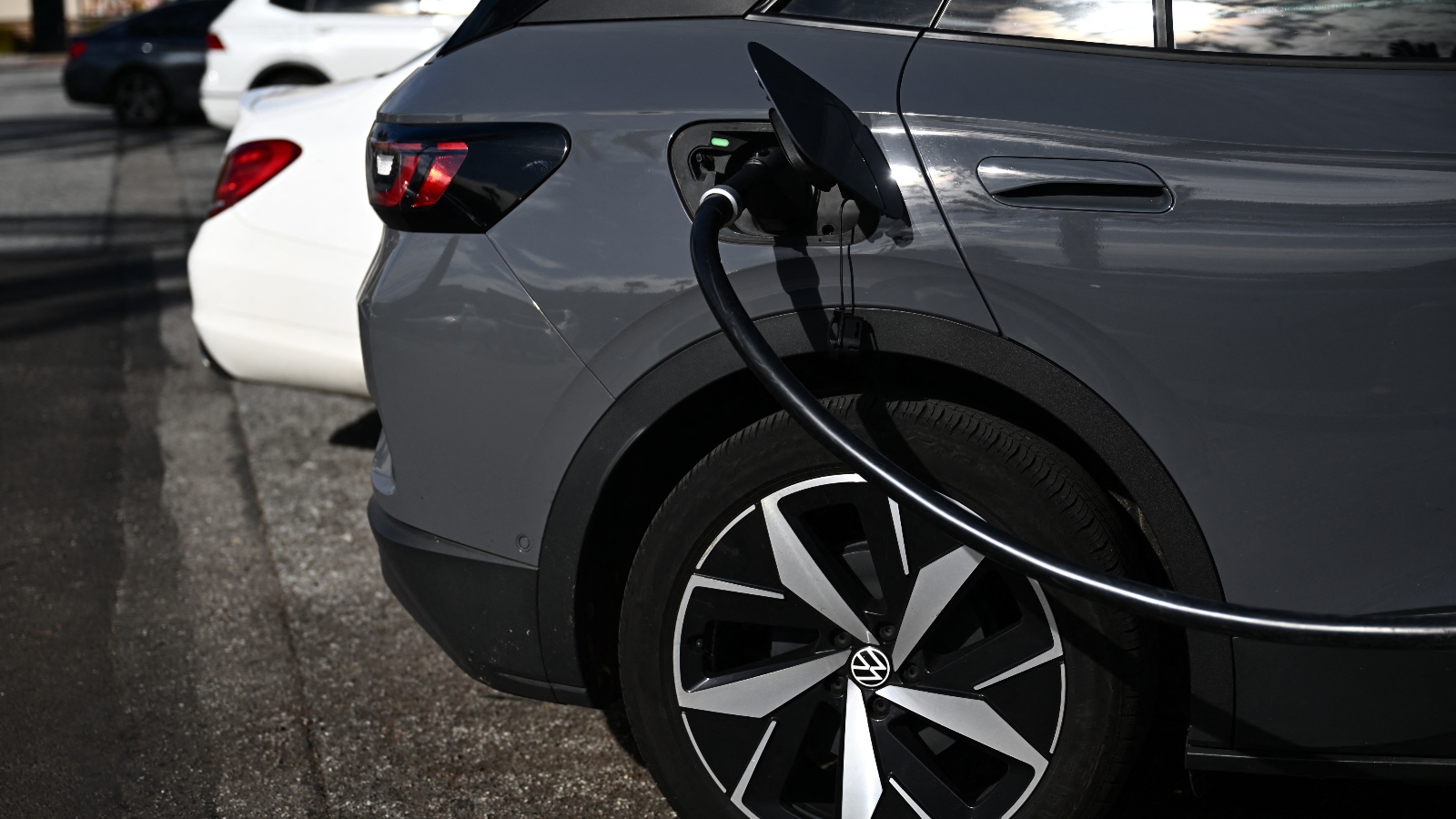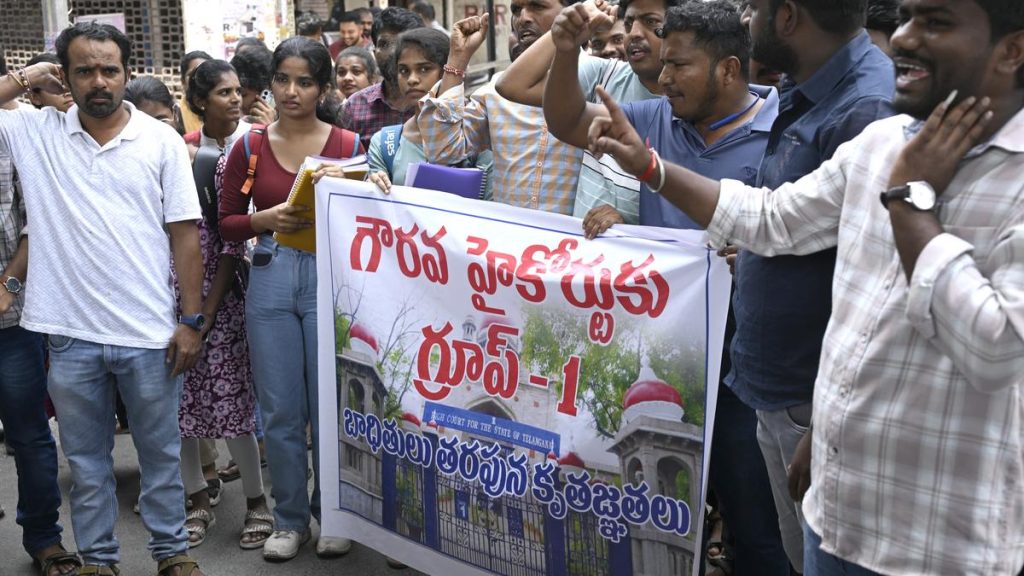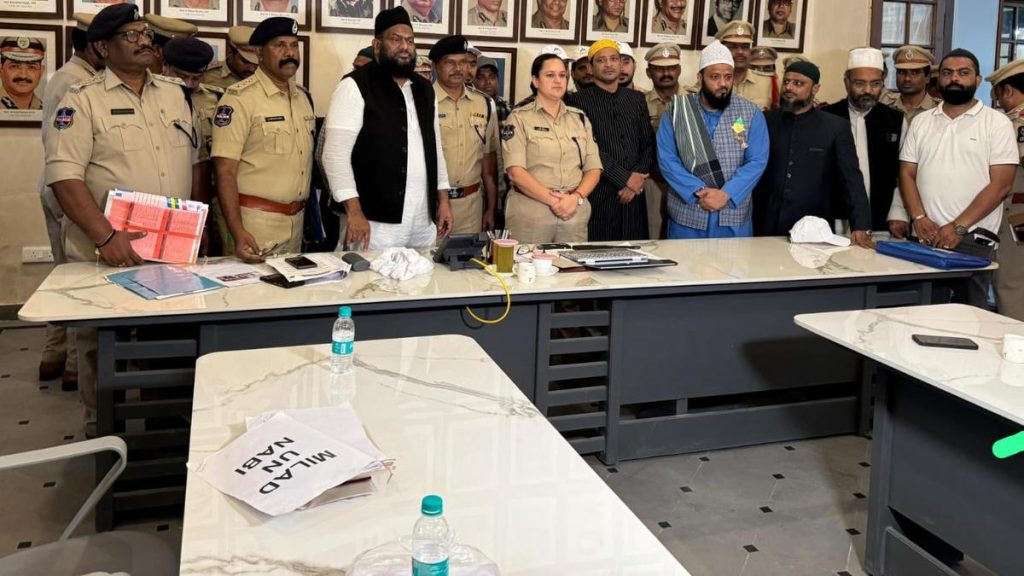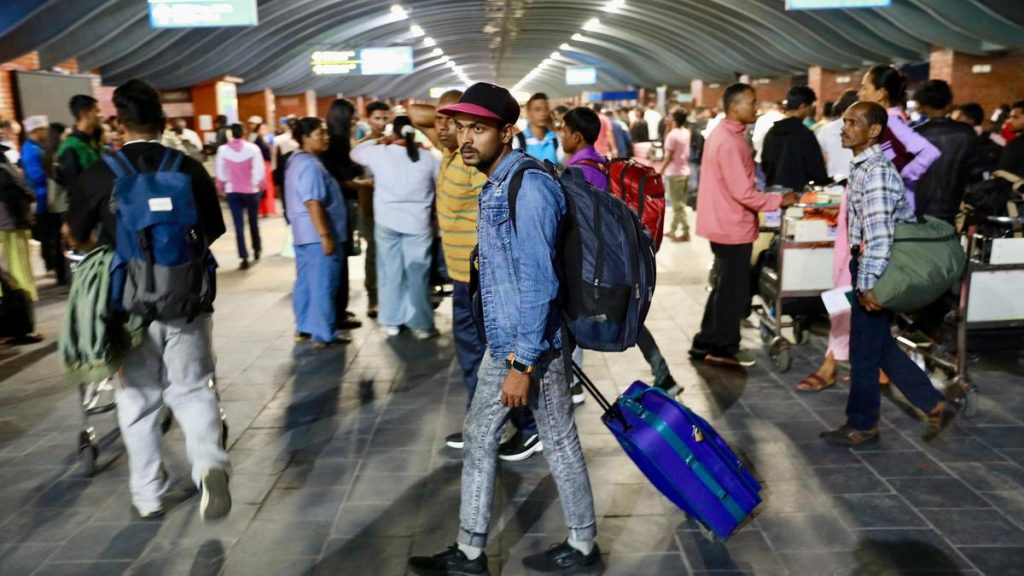Now Reading: US Electric Vehicle Sales Surge, but Challenges Loom
-
01
US Electric Vehicle Sales Surge, but Challenges Loom
US Electric Vehicle Sales Surge, but Challenges Loom

Quick Summary
- President Donald Trump signed the One Big Gorgeous Bill (OBBB) into law, removing federal support for electric vehicles (EVs), including the $7,500 EV tax credit, which expires at the end of September.
- U.S. EV sales climbed to a projected record 12.8% in August,up from 9.6% last year, driven by consumers rushing to utilize expiring tax credits.
- Buyers need to sign contracts and make payments before October to qualify for the credit but do not need vehicle delivery promptly per IRS clarification.
- Analysts predict EV sales will likely decline after September onc incentives expire due to a “payback effect.”
- Automakers and dealers may employ aggressive pricing strategies or discounts to maintain momentum despite challenges like tariffs on imported vehicles.
- The U.S. transition toward EV adoption lags globally; only 8% of new car sales are electric compared to over 25% globally predicted by year-end.
- Industry experts remain optimistic about long-term EV growth as charging stations expand and improved models become available.
Indian Opinion Analysis
The developments in U.S. electric vehicle policy and market trends hold indirect lessons for India’s own journey toward sustainable mobility. Removing subsidies as seen wiht OBBB can create temporary spikes in demand but risks slowing long-term adoption without adequate alternatives or support infrastructure-a point relevant given India’s EV push also relies heavily on government incentives.India has recently emphasized localized manufacturing of key components like batteries through initiatives such as Production Linked Incentive (PLI) schemes. However, competition with global leaders like China stresses the importance of developing export-ready products while sustaining domestic uptake rates amid potentially fluctuating policies or tariffs internationally.
A balanced approach combining subsidies with public-private partnerships might better sustain india’s pro-EV trajectory alongside investments in expanding local charging networks-a critical issue mirrored globally but particularly pressing given urbanization patterns across Indian cities.
























